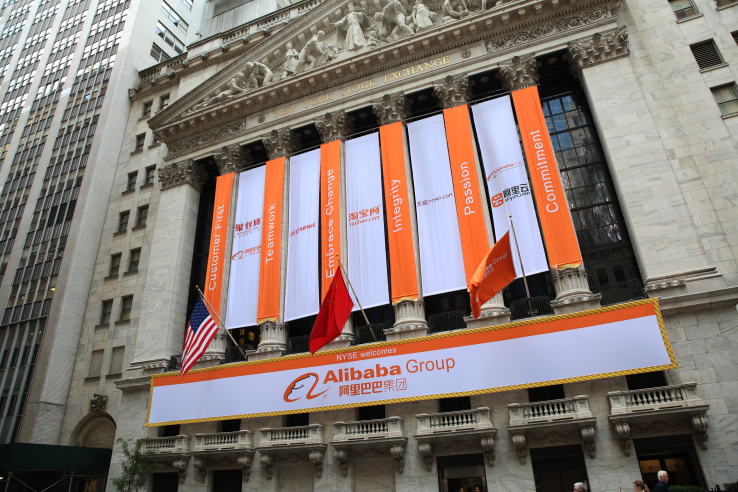Alibaba ramped up its efforts to remove counterfeit goods before its initial public offering in September, the company said during a press conference today. Chief risk officer Polo Shao states that Alibaba took down 90 million suspicious listings from its marketplaces.
The Chinese e-commerce giant also works with law enforcement as well as brand owners to identify and remove counterfeit goods on its sites. The open nature of its marketplaces, especially Taobao, China’s largest C2C platform, however, often make it difficult to enforce intellectual property laws.
But as Alibaba prepared for its record-setting $25 billion IPO, it invested heavily in removing knock-offs from its sites.
In a company report (PDF link) that was also published today, Alibaba says that from the beginning of 2013 to the end of November 2014, it spent over one billion RMB ($160.7 million) to identify and remove counterfeit goods from its platforms. It also cooperated with law enforcement agencies in over 1,000 counterfeiting cases this year, which resulted in the arrests of 400 suspects from 18 counterfeiting rings, and the closure of 200 brick-and-mortar stores, factories, and warehouses.
According to the company’s research, 90 percent of all counterfeit goods in China were distributed from 10 regions, with the top three being the Pearl River Delta region, Yangtze River Delta region, and Southeast China.
“By using transaction data and mapping technology Alibaba Group found that more than 60 percent of counterfeit watches and jewelry originate from Southern China, while 60 percent of counterfeit outdoor sporting goods are from Southeast China region and 50 percent of counterfeit apparel originates from Eastern China,” it said.
“This year we increased our information sharing initiatives with various Chinese government agencies and continued to work with brands to bring about effective enforcement against counterfeiters who operate offline. Additionally, we continue to refine and harness technological tools at our disposal to track and trace counterfeiters who sell on our platforms, in order to assist enforcement authorities in tackling the problem at its source,” said Alibaba in its report.
These tools include data mining technology that lets Alibaba analyze and track transactions involving counterfeit goods and find where they originate; an online complaint platform for brand owners to report knock-offs; and random third-party checks to look for fake goods on its platforms.
These efforts have gradually paid off. In 2012, for example, Taobao was removed from the U.S. government’s “notorious markets” list.
At the same time, the company acknowledged that the problem will be difficult to completely eradicate.
“A report issued by China’s State Administration for Industry and Commerce showed that counterfeiting is still rampant offline, constituting the majority of trademark-infringing and counterfeit cases investigated. According to the report, of the 83,000 counterfeit and trademark-infringing cases investigated by the SAIC last year, online counterfeit cases constituted about 300 cases.”








